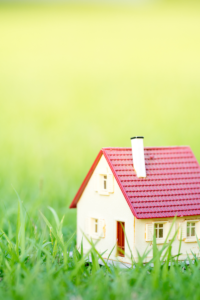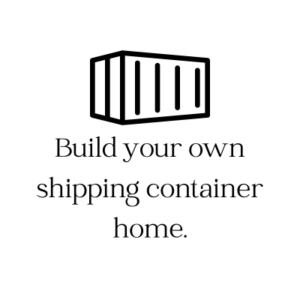
Tiny homes have gotten very popular in the United States and elsewhere. Considering the rising costs of real estate, the tiny homes trend is likely to keep growing for the foreseeable future. If you have any interest in this lifestyle, you should consider the pros and cons.
Pros:
There are quite a few advantages to tiny homes.
Cost-Efficient
Tiny homes are more affordable to build, maintain, and heat/cool compared to traditional houses. While the cost of the average home in the US is over $400,000 in 2023, the average cost of a tiny home is just over $50,000.
Simpler Lifestyle
Downsizing into a tiny home encourages minimalism, helping you declutter and focus on what truly matters. It can lead to a less materialistic and more intentional way of living.
Eco-Friendly
Tiny homes often have a smaller environmental footprint due to their reduced energy usage and material consumption. They can also be built with sustainable materials and incorporate eco-friendly systems.
Greater Mobility
Many tiny homes are built on trailers, allowing for mobility. This flexibility can be appealing to those who desire a change of scenery, a nomadic lifestyle, or the ability to travel easily.
Less Maintenance
With less space to clean and maintain, tiny homes require less time and effort for upkeep. This can free up more time for activities and experiences you enjoy.
Cons
Building or buying a tiny home does have some downsides you need to consider.
Difficult to Finance
While tiny homes are much cheaper than traditional homes, they are also difficult to finance. Most banks and other lenders don’t provide mortgages for tiny homes. You will need to pay cash or find alternative financing.
Limited Space
The most significant drawback is the limited living space. While this is obvious, it’s something that not everyone fully appreciates if they’re used to having lots of space. Storage can be a challenge, and you may need to be creative in utilizing every inch efficiently.
Lack of Privacy
Tiny homes often lack private spaces due to their compact design. This can be a challenge for individuals or families who value personal space. Of course, if you place a tiny home on lots of acreage, you won’t have this problem.
Zoning and Regulations
In the modern world, there aren’t many places where you can just set up and build wherever you want. Many areas have zoning and building regulations that restrict where tiny homes can be placed, making it challenging to find suitable locations to park or build them legally.
Social Isolation
Living in a tiny home might limit your interactions with neighbors, as these homes are often situated in less densely populated areas.
Resale Value
Tiny homes might have a smaller market compared to traditional homes, potentially impacting their resale value. Finding a buyer who shares your preferences for simple and downsized living could be challenging.
Utilities and Services
Depending on where your tiny home is located, accessing utilities and essential services like water, electricity, and sewage disposal might be more complicated or require special arrangements.
Living in a tiny home offers a unique set of advantages such as cost savings, a simpler lifestyle, and environmental benefits. However, the constraints of limited space, potential zoning issues, and challenges related to privacy and resale value should also be carefully considered before making the decision to adopt this lifestyle.

